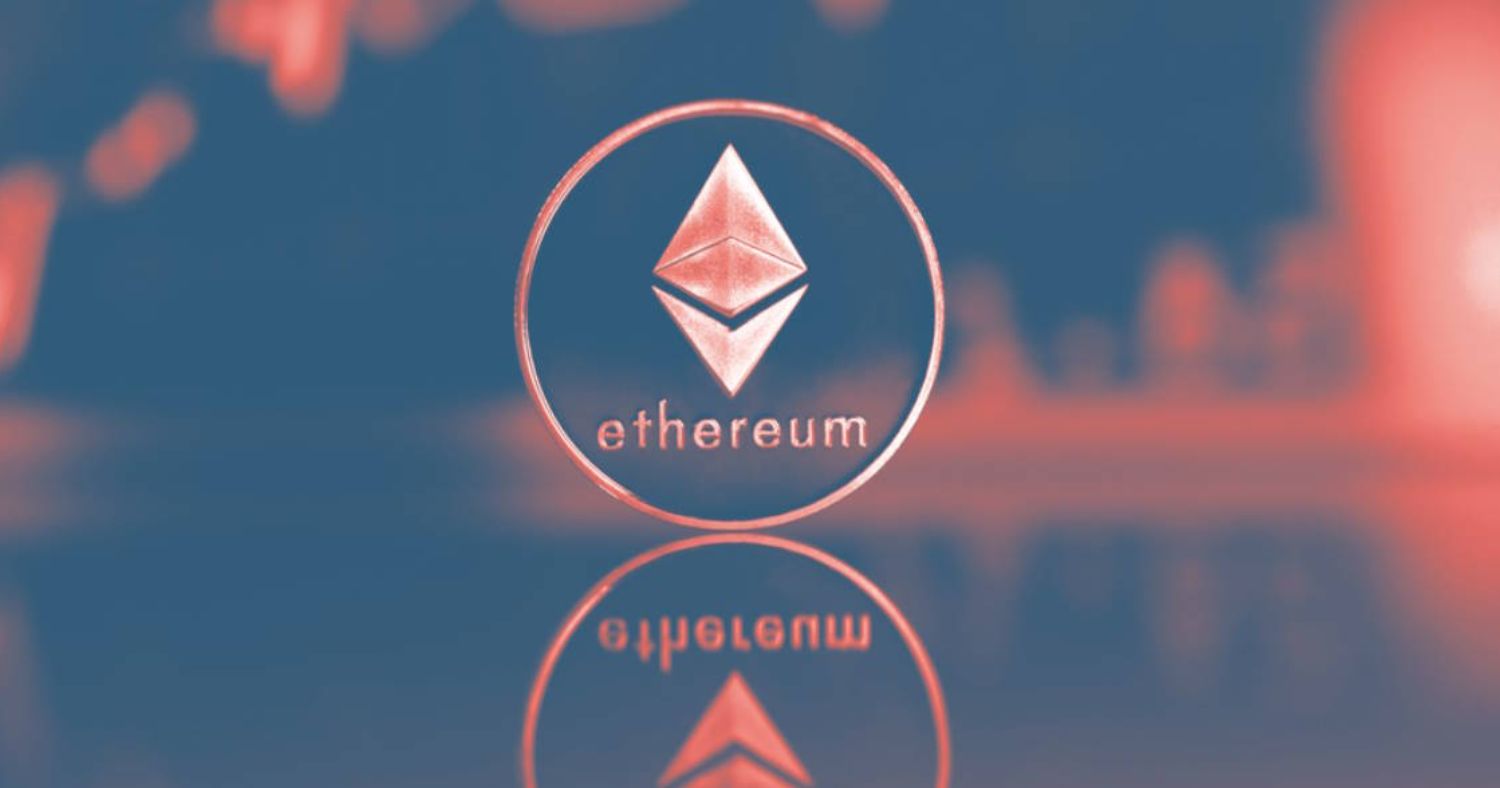Financial giant J.P. Morgan has issued a notably bullish outlook on Ethereum, signaling the cryptocurrency’s increasing prominence as a strategic investment, particularly due to its central role in the rapidly expanding stablecoin market. This endorsement arrives amidst a robust crypto market rally, further solidifying Ethereum’s position beyond its “digital gold” counterpart, Bitcoin.
J.P. Morgan analysts highlight Ethereum as a prime avenue for investors seeking exposure to the explosive growth of stablecoins. In a recent client note, they articulated, “We think Ether is emerging as a direct way to gain exposure to the expected meteoric growth in stablecoins as the Ethereum network hosts most of these stablecoin assets.” Stablecoins, which are digital tokens pegged to stable assets like the U.S. dollar, have become fundamental to cryptocurrency transactions, boasting a collective market capitalization exceeding $264 billion. Ethereum remains the undisputed backbone for these assets, processing a substantial share of their transaction volume.
Recent data underscores this dominance, revealing that Ethereum-based stablecoins facilitated an impressive $3,48 trillion in transfers over the past month alone, marking a 16,2% increase from the prior month. This surge in activity on the network, despite a slight dip in active addresses to 38,54 million, paints a clear picture of Ethereum’s integral utility.
The glowing review from J.P. Morgan coincides with a broader resurgence across the crypto market. Ether (ETH) has demonstrated remarkable strength, climbing 17,6% over the last week and an astounding 46% over the past month. While Bitcoin maintains its market dominance at 57,5%, Ethereum commands a significant 13,6% share of the total crypto market cap, now valued at a substantial $556,8 billion.
Analysts suggest that Ethereum’s function as a critical settlement layer for stablecoins makes it increasingly appealing to investors eyeing blockchain assets with tangible real-world payment utility. This “utility-linked exposure” provides a compelling contrast to Bitcoin’s established role as “digital gold,” suggesting that both assets could play complementary and crucial roles within diversified investment portfolios.
The Ethereum network itself appears robust and efficient. With over 120,7 million ETH in circulation, transaction costs (gas fees) have remained relatively low, hovering near 0,83 gwei, even amid heightened activity. As the market continues its upward trajectory, traders are now keenly watching to see if Ethereum can surpass its November 2021 all-time high of $4,878.
Beyond stablecoins, J.P. Morgan’s analysis points to a wider set of catalysts driving the recent crypto upswing. The overall crypto market capitalization climbed 14% in July to $3,7 trillion, with Ether’s market cap surging by 49% in the same period, significantly outperforming Bitcoin’s 8% gain. This performance is partly attributed to growing institutional interest, evidenced by U.S. spot Ether ETPs attracting a record $5,4 billion in net inflows, pushing total ETH ETP assets to $21,5 billion. Trading volumes across the ecosystem also saw a 49% jump in July, with Ether token volumes surging 60%.
These gains, alongside legislative developments like the GENIUS Act, a growing number of crypto-linked initial public offerings, and deeper collaborations between traditional finance and decentralized finance, suggest that the current market momentum could be sustainable. J.P. Morgan’s assessment reinforces the narrative that Ethereum is not just a digital asset, but a foundational layer for the future of finance.
Disclaimer: This article is provided for informational purposes only and does not constitute financial advice. Investors should always conduct their own thorough research and consult with a qualified financial advisor before making any investment decisions in cryptocurrencies, which are highly volatile and speculative assets.
You might be interested in:





